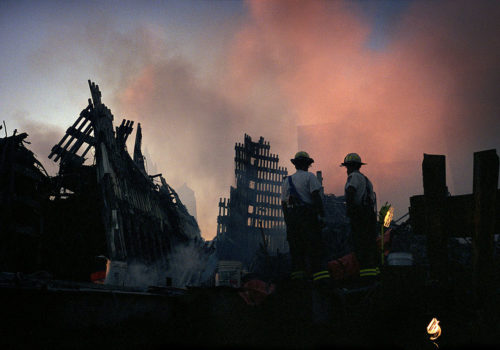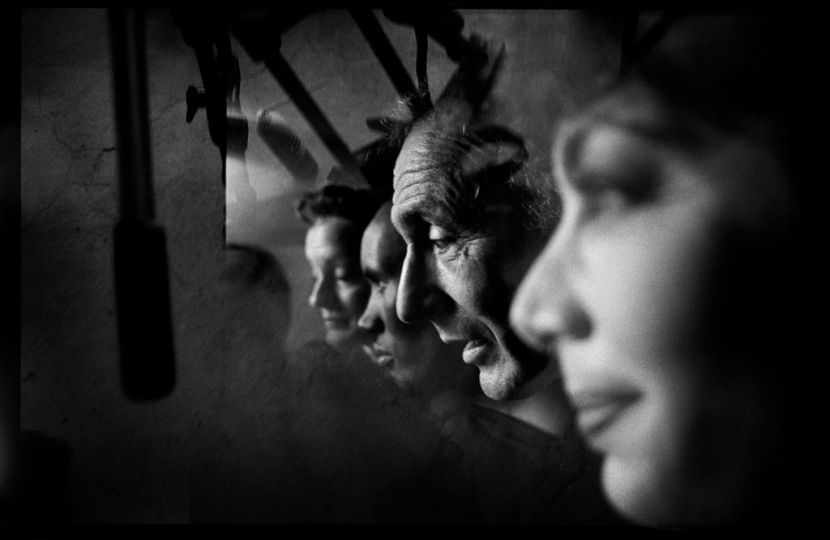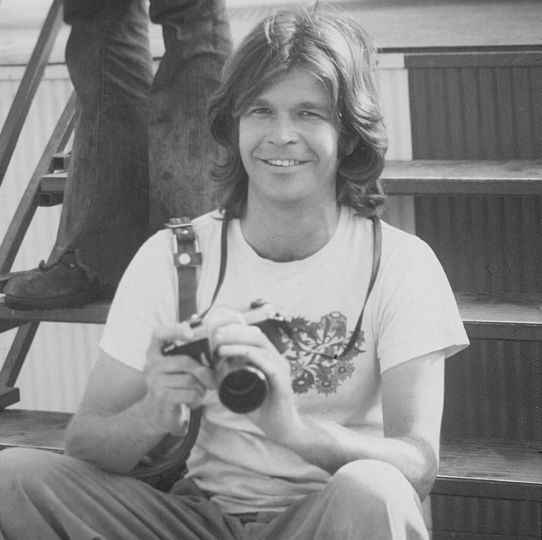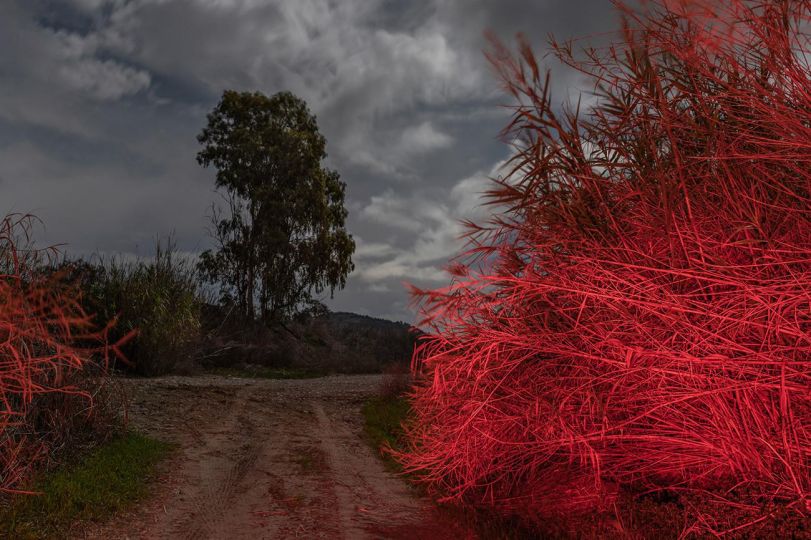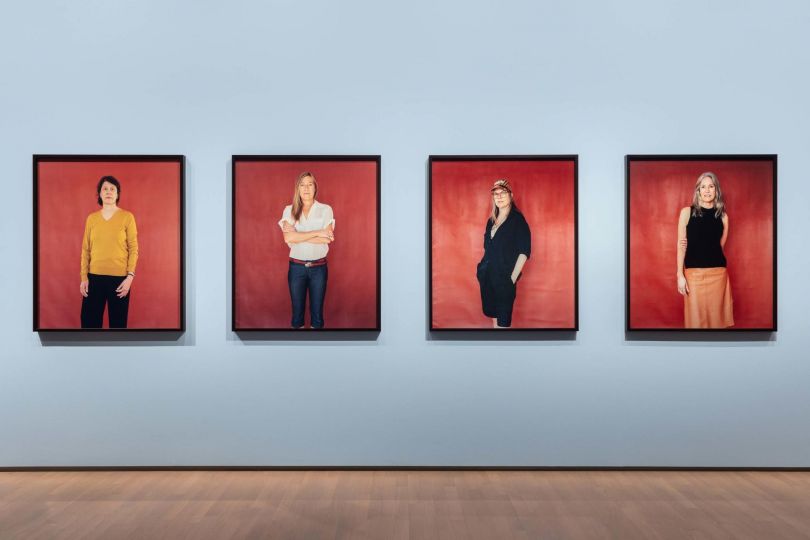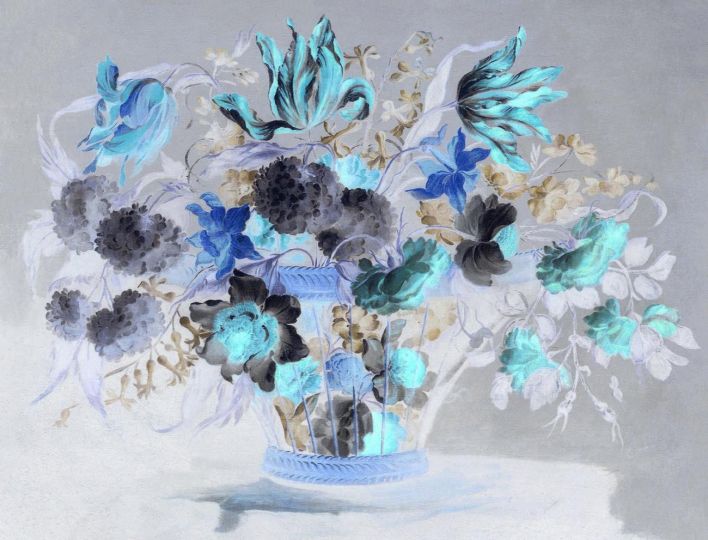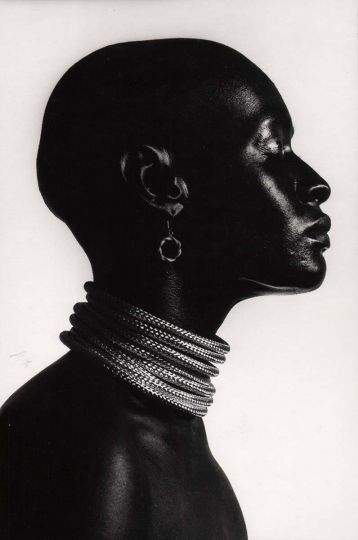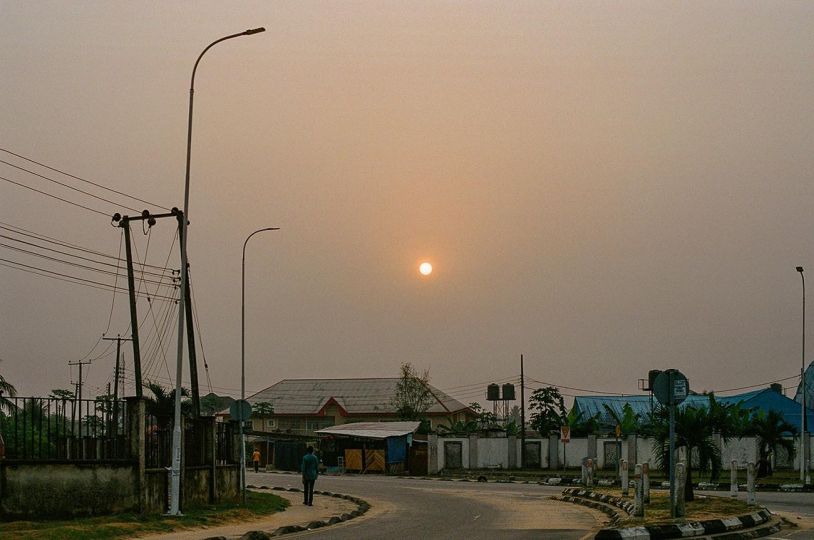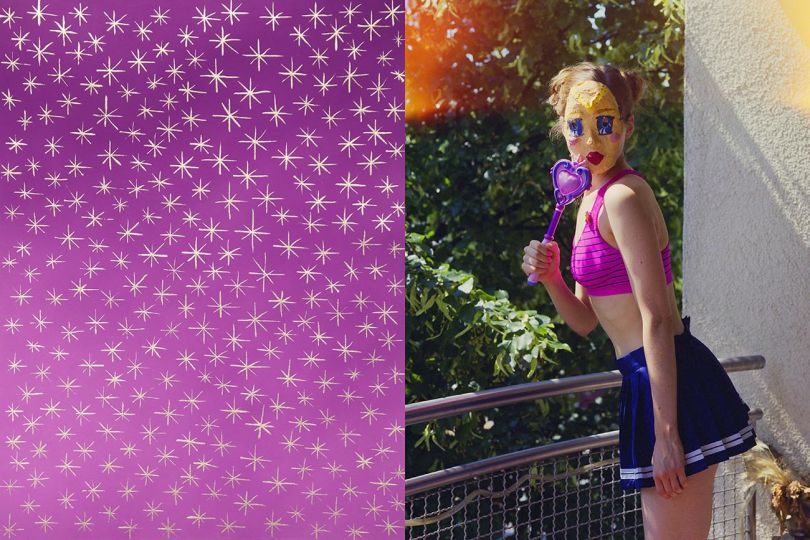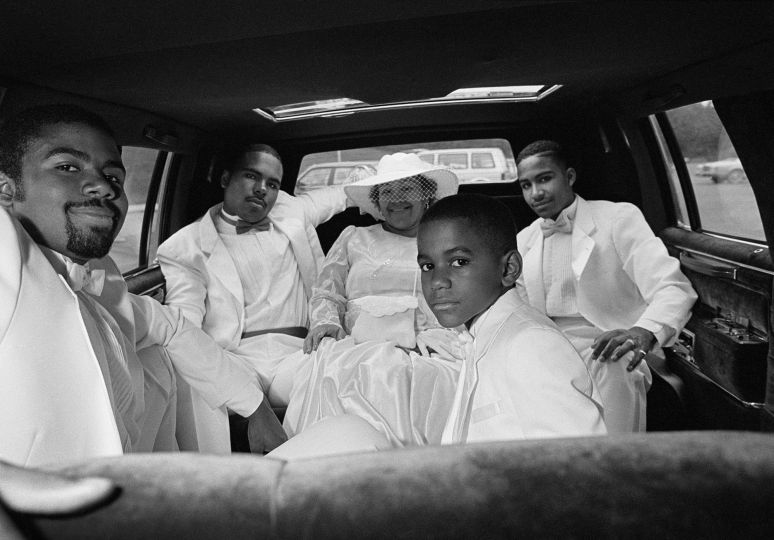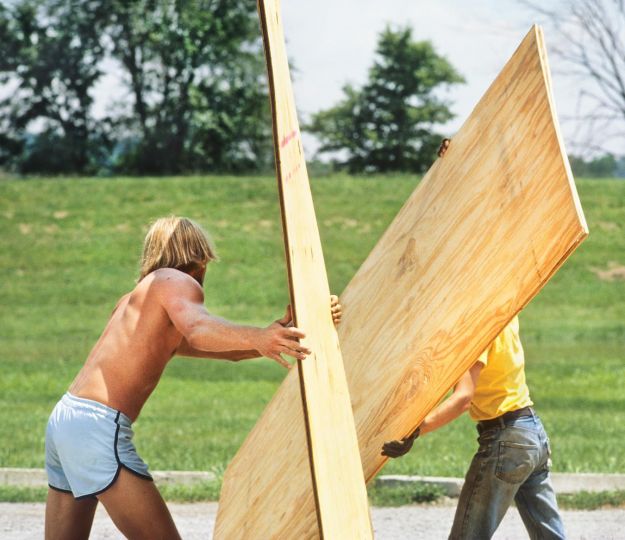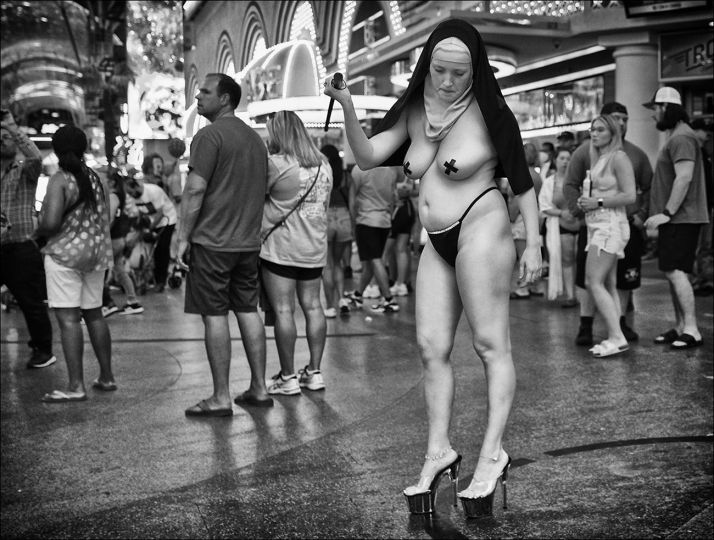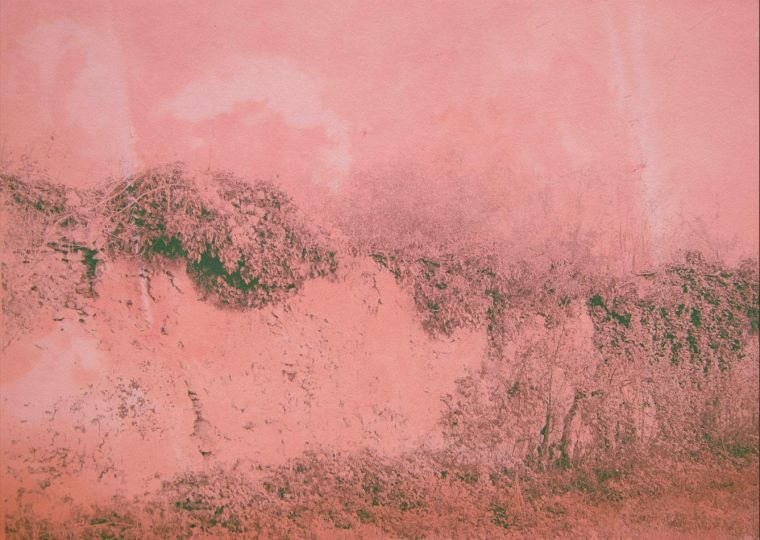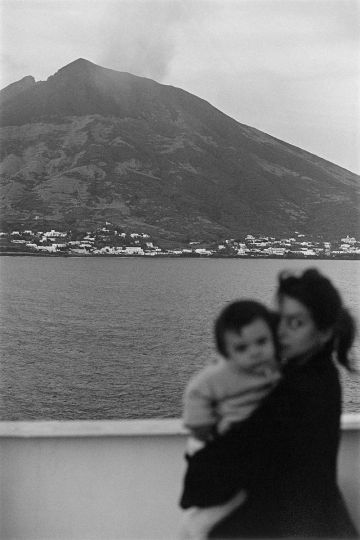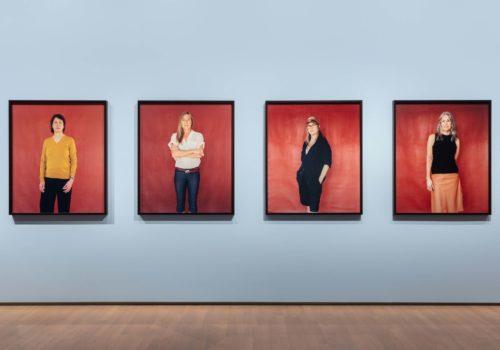Mark Lubell, Director of the ICP wrote about the book :
“Stéphane Sednaoui is a New Yorker by my definition. I was born and raised in New York City—a rare breed these days—but I have never defined being a New Yorker by the location of one’s birth. To be a New Yorker, you must come to this city and embrace the rhythm, diversity, energy, wonder, and opportunity. You must embrace the people of New York as your own.
On September 11th, 2001, he reacted the way we all did on that terrible morning: shock, confusion, fear. Then Stéphane rushed down to Ground Zero to help look for survivors; he also brought his camera, an impulse, no doubt, from a life spent as a professional photographer. Taking photographs was incidental to his mission to help look for survivors, but they have become central to the way that I visualize September 11th since I first saw them more than a decade ago.
The images Stéphane captured over those harrowing nights show us, without question, that the photographic impulse is also a humanitarian impulse. Photojournalist Cornell Capa used the phrase “concerned photographer” to describe photographers like Stéphane, who “use pictures to educate and change the world, not just to record it.” Stéphane describes the quiet, still moments, when the workers and volunteers at Ground Zero would freeze to listen for the sounds of possible survivors. In those moments, Stéphane took pictures because there was simply nothing else to do. He took pictures to document and help understand the situation around him. He photographed because it was familiar and human.
In the aftermath of September 11th, 2001, we all became New Yorkers, no matter where we were from. And today, we are all photographers, sharing images of war, conflict, devastation, and revolution, but also images of humanity, perseverance, and hope. Let Stéphane’s humanism—his concerned photography—be an inspiration as we think about the power of the image, especially during times of crisis and times of healing. “
Alice M. Greenwald, Director of the Memorial Museum 9/11, wrote :
“Photo-documentation of the recovery has tended to focus on the nine months that began after September 17. The most widely known and comprehensive archive is that of photographer Joel Meyerowitz, who received official clearance to chronicle the work at Ground Zero. Meyerowitz, however, did not begin to take photographs at the site until September 23. Covering the earliest days at Ground Zero, Sednaoui’s photographs provide a unique window onto a drama that most of the world has not been privileged to see until recently. Emotionally drained from his experience, and not wanting his photographs to be appropriated for political purposes, Sednaoui locked them away for almost a decade. Now they are available to us, recalling those very first days when, as the world reeled with disbelief, anxiety, and grief, volunteers stood beside professionals to search for the impossible amidst the unbelievable. Though Sednaoui’s lens, we enter into that haunting geography of destruction. We see, as if for the first time, the mountainous, burning debris and the eerie, skeletal remnants of building facades. They lean precipitously, as if to mock the audacious verticality that had so defined two towers that only recently dominated the skyline, epitomizing the vitality and optimism of city and nation. “
And a text written by Stephane Sednaoui about his experience :
“That first night I didn’t photograph anyone in particular until a fireman asked me to photograph him with his own camera. Then I realized that others were also taking pictures. Overall, I took general views that night. And by the second night I was more confident, less worried that I was going to embarrass anyone. There were these moments of pause when experts were sounding the ground to hear if any survivors were answering by tapping on the metal. In those moments we had to stop moving and remain silent, so I took my camera and started to shoot my team. I was shy at the beginning, but I didn’t feel like a voyeur because people were looking right at me when I took the pictures and I could see that they didn’t mind. It felt as if it was important for them too to record those moments. “
BOOK
Search and Rescue at Ground Zero
Photographs by Stéphane Sednaoui
Foreword by Alice Greenwald, Mark Lubell, Michael Shulan
Designed by Phil Bicker, Stéphane Sednaoui
Hardcover
30 x 24 cm
144 pages
69 color and b/w. ills.
English
available
ISBN 978-3-86828-514-7
Euro 48
http://www.stephanesednaoui.com
http://www.artbooksheidelberg.com

